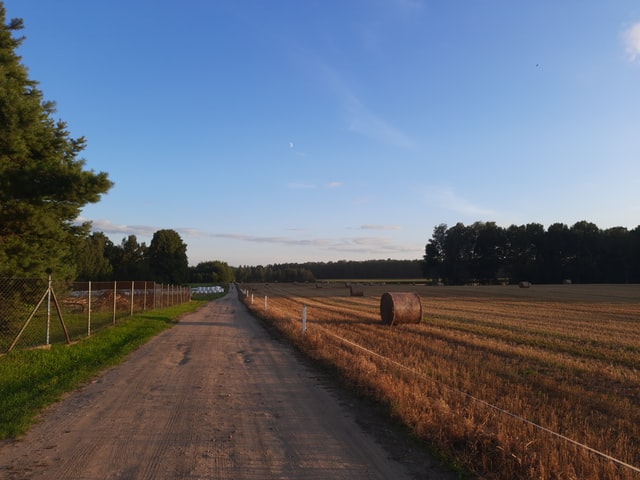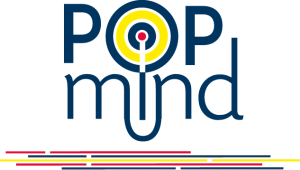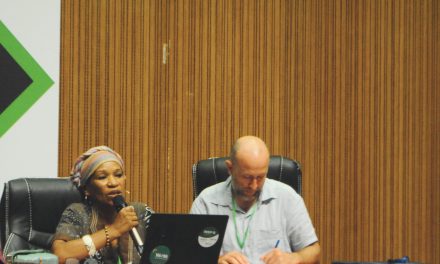By Justyna Zwolińska, Advocacy Coordinator, Koalicja Żywa Ziemia (Coalition Living Earth)*
For almost 150 years (1772-1918), Poland was under the partitions of three neighbouring countries: Russia, Prussia and Austria. It is visible in today’s agrarian structure of Poland. Large-scale farms prevail in the west and north of Poland, accordingly to the agricultural policy of Prussian invader, which focused on the development of the large, highly productive farms. Russia did not pursue such a policy, therefore in central and eastern Poland there are the largest number of small-scale farms. Austria treated the south of Poland as an area of mining development. Moreover, the mountainous terrain was not conducive to the will to undertake reforms improving the size of farms. Today it is the area with the largest number of the smallest farms in Poland. Partitions were also associated with land grabs, slowing down the mechanization of production, and neglecting agricultural property by Polish landowners who preferred emigrate to France or Italy. As a rule, however, these estates remained a place of upholding patriotic values and opposition to the invaders. The peasants were not involved in this resistance movement, at that time they were completely, feudally subordinated to the will of their masters.
1945 brought Poland a new, socialist power, which built its structure on the basis of peasants and workers, glorifying their provenance. At the same time, it carried out a brutal nationalization of agricultural land, liquidating private farms that were to become state-owned farms (PGR – State Agricultural Farm). Peasants who opposed it were repressed, imprisoned and even tortured. However, socialist land reform failed for two reasons. First of all, there was a shortage of food, and state farms were not able to produce it enough. Hunger could intensify anti-socialist moods and lead to the overthrow of the new government. Fearing this, the communists abandoned the nationalisation of agricultural land, but bound individual farmers with various contracts for the sale of agricultural produce. The management of agriculture moved to the central level, which resulted in the lack of taking into account local conditions and, for example, issuing decisions on cultivation in a place that was completely unsuitable for this. The state distributed seeds and all other means of agricultural production. In the 1970s, farmers were forced to use artificial fertilizers, and those who did not want to do so were publicly ridiculed and mocked as backward enemies of socialist Poland.
From the very beginning, the communist authorities also consistently destroyed all forms – created before World War II – of direct cooperation between farmers and consumers. The cooperative movement linking producers with consumers was perceived by the communists as a potential point of uniting the forces of villages and cities against the socialist authorities. It had to be destroyed. However, in a situation of empty store shelves and lack of basic food products (many of them were rationed) – sales from farms shifted to the grey area. As a result, the black market flourished throughout the period of the communist Poland, especially in meat, which was scarce on sale. Usually, city dwellers also had someone in the countryside or they cultivated food plants for their own use.
In the 1970s, farmers were offered the possibility of creating Cooperative Agricultural Circles (the so-called SKR), in which they could, for example, use machines together. However, the management of the SKRs was entrusted not to the farmers themselves, but to members from the socialist party, who often had no experience in agriculture. The system quickly became pathological, based on cronyism and corrupt access to cooperative resources, for example seeds. As a result, farmers were effectively discouraged from formalised forms of cooperation. At the same time, Polish Prime Minister Edward Gierek came up with the idea of developing large-scale pig production in Poland. For this purpose, it incurred a foreign debt to build as many concrete pigsties as possible. However, the communist implementation of this “pork” reform meant that the animals were lacking feed, drugs and other means to support livestock. One big fiasco, which left empty, decaying pigsties.
Regaining independence by Poland in 1989 was associated with the transition to a free market system. Farmers who had so far been under state protectionism were deprived of this protection. The most difficult for them was the reform of Balcerowicz, who, as part of the structural adjustment of the World Bank, overnight raised interest rates on loans taken by farmers (which so far had been low-interest, on preferential terms). For many farms, this meant no survival. It is estimated that over 1 million farms in Poland have disappeared.
This is not only the result of harmful reforms, but also the adoption of the Common Agricultural Policy, the method of financing which has so far led to the disappearance of small farms from the map of the European Union at an alarming rate. Various forms of cooperation between farmers proposed by the CAP – for example, establishing producer groups – do not work well in Poland, because there is a low level of trust between farmers.
The construction of the global food chain based on aggressive market mechanisms was also beginning to include Polish agriculture. In the last 20 years, Poland has taken the direction of intensification of agricultural production, especially livestock, finally became the EU’s power in the production of poultry and eggs. Industrial farms are springing up like mushrooms. The division into small farms and large-scale agricultural production was becoming more and more visible. There was also a growing disproportion in favour of industrial agriculture in terms of activity on the political and economic scene. In the opinion of Polish politicians and agricultural economists, small farms are an inefficient burden with no economic value. Development of small and medium-sized farms was also influenced by the division of capital in Polish agriculture. As a result of the privatization of state-owned agricultural assets, many production sites and food processing plants were transferred to foreign companies. Those companies were also introducing sales networks to Poland, mainly large-format stores. These are not distribution channels favouring small farms, which are not able to provide the production volume on such a large processing and sales scale.
At the same time, with Poland’s accession to the EU, incorrectly explaining it with the requirements of EU law, direct sale of farm products was forbidden in Poland for many years. Efforts to change this have been going on for three years, and farmers are offered various solutions to enable direct sales. So far, about 2% of farms have used them.
Today, Polish farmers are subject to the same mechanisms that farmers around the world are subject to. They depend on the weather and the market situation, mainly created by the global food chain. They depend on political decisions that are under great pressure from industrial agriculture, especially huge agro corporations. Competitiveness between farmers from individual countries is created artificially to justify the intensification of agricultural production. Intensification where neither social costs nor environmental and climate costs count. Competitiveness, which is a delusion in a world of disproportions between the rich Global North and the poor Global South, which still bear the yoke of neo-colonialism in the form of land grabs and other natural resources, as well as the systemic destruction of small farms. The free market – the green pasture for agricultural concentration, monopolization and speculation on agricultural markets – is also hitting small farmers in the Global North, who find it increasingly difficult to remain competitive in the market.
Moreover, Poland is a country in which the European Green Deal and the “From Farm to Fork” Strategy are widely criticized, scaring that it will lead to food insecurity. The agricultural press is mainly in the hands of foreign capital, and the mainstream media has an occasional interest in agriculture. Internet portals have also been created that support the development of industrial agriculture, and their main narrative is based on the criticism of organic farming as a leftist ideology. They present the green reforms of the CAP as an invention of townspeople who do not respect the work of farmers and do not understand the needs of agriculture. There is no public debate about Polish agriculture, or in fact, it can be said that it takes place in closed bubbles. Public authority remains reluctant to dialogue with the social side, while at the same time open to contact with representatives of producers’ unions, mainly cereals and animal production
In summary, historical factors still provoke the difficulties in establishing cooperation between farmers. It is also not facilitated by the current economic situation, the divisions cutting apart farmers in different groups (small farms – large farms), as well as the discrepancy between primary production and processing and sales. It is also not facilitated by weak trust in the law, legal instability in Poland and the way in which institutions controlling farms operate. The political scene also lacks a strong representation of small farms, organic farmers and a loud consumer organization. This role is increasingly being taken over by non-governmental organizations, but still not sufficiently.
Nevertheless, in Poland, there has been an increase in interest in agriculture among non-governmental organizations, and the interest of the public in this subject is slowly growing, mainly due to the consumer’s interest in food quality. Recent years have also deepened the cooperation of the social side with farmers who want to produce alternatively to industrial methods. It is both cooperation on various events and advocacy, but also initiatives such as food cooperatives, Community Supported Agriculture and purchasing groups. CSA are developing the least, which may also be an expression of the need to rebuild social trust. It may also be due to the lack of sufficient marketing skills among Polish farmers. Fear whether such a venture will prove profitable. The overwhelming majority of small farms in Poland have an additional source of income (apart from agricultural production). The movement of food cooperatives is developing very well, undertake nationwide cooperation and become a strong partner in grassroots action to change the food chain in Poland. There is hope!
*About the author: Justyna Zwolinska – Lawyer specializing in agriculture, ecology, food policy and animal welfare. Member of the audit committee of the “Lawyers for Animals” association. During the negotiations preceding Poland’s accession to the EU, she was responsible for “Quality Policy” in agriculture. She is the author of the law on regional and traditional products. She cooperates with many NGOs and has a number of publications on environmental protection, GMOs and global food policy. She is also a dog behaviorist.














